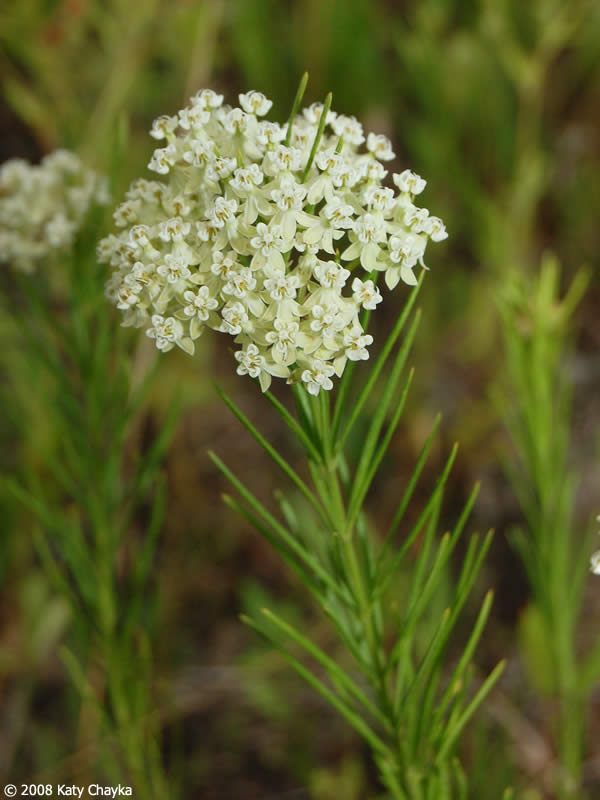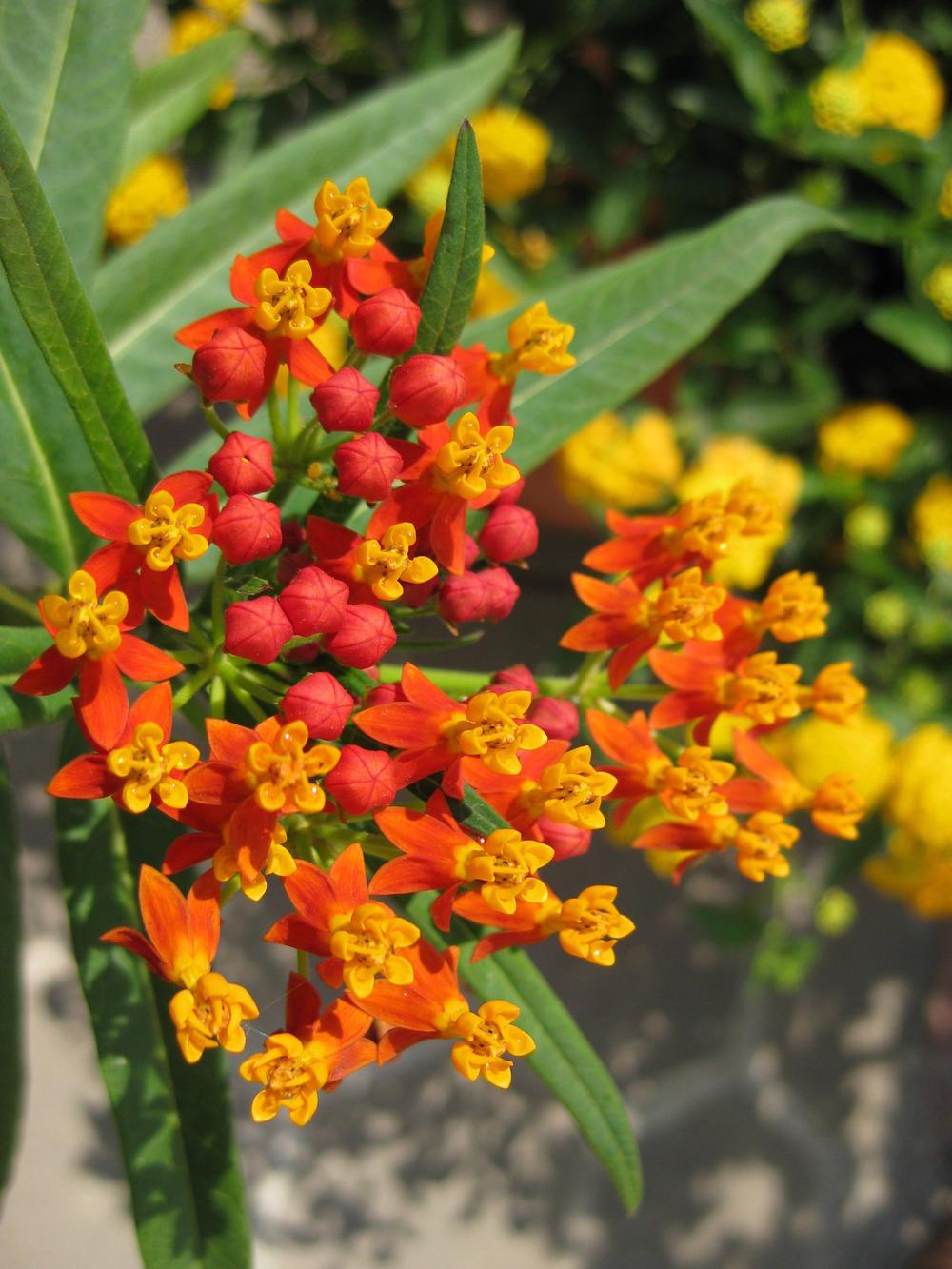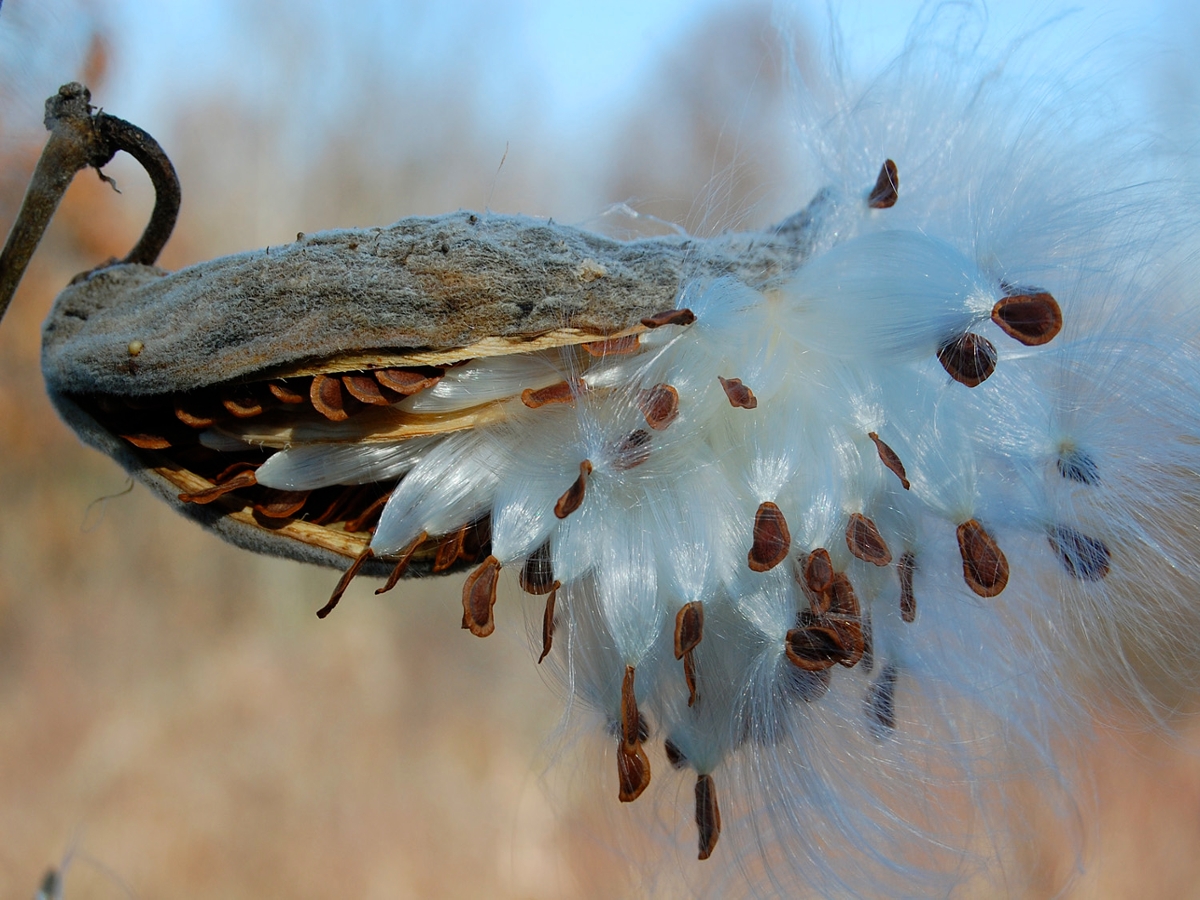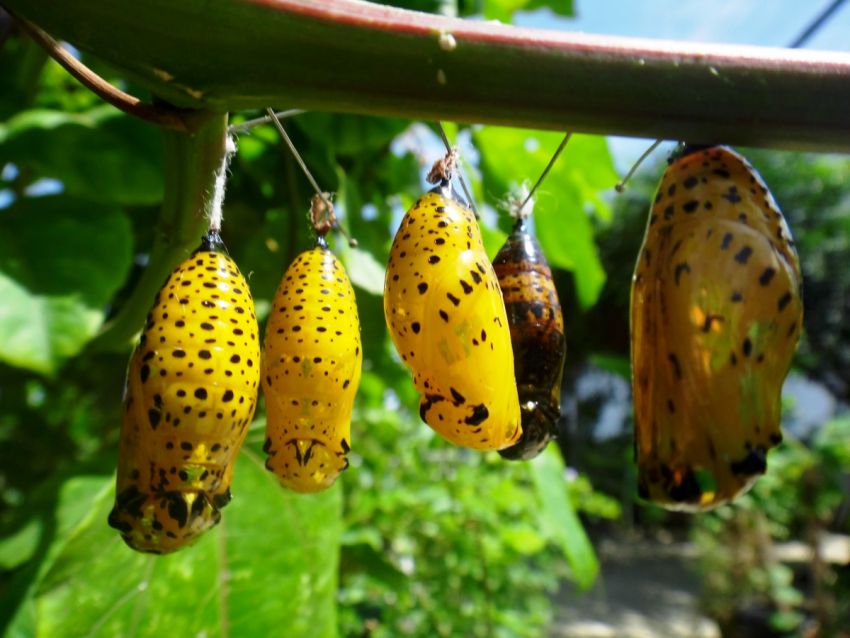Milkweed care information
Home » Trend » Milkweed care informationYour Milkweed care images are available in this site. Milkweed care are a topic that is being searched for and liked by netizens now. You can Get the Milkweed care files here. Get all free images.
If you’re looking for milkweed care pictures information related to the milkweed care interest, you have visit the ideal site. Our website frequently gives you suggestions for viewing the maximum quality video and image content, please kindly search and find more enlightening video content and images that fit your interests.
Milkweed Care. Users searching milkweed care maintenance will probably have many other questions related to it. How to care for milkweed summer through fall. How to grow and care for milkweeds popular species to grow. As reported in the monarch newsletter, an experiment was conducted to determine the effects of transplanting, fertilizing, and light on milkweed plants.
 Asclepias verticillata (Whorled Milkweed) Minnesota From minnesotawildflowers.info
Asclepias verticillata (Whorled Milkweed) Minnesota From minnesotawildflowers.info
Plant them directly into the garden in spring after the danger of frost has passed.; The stems and leaves will release white, sticky sap when cut. Common milkweed is a single stemmed variety. How to care for milkweed plants. This low maintenance perennial is ideal for sunny borders, cottage gardens, pollinator gardens, and along the edges of ponds and streams. With the exception of droughts in your area, you can skip watering, too.
Both milkweed varieties are similar in terms of care, but swamp milkweed will have branching stems in the center of the plant.
Many wild milkweed plants, often considered weeds, will grow happily wherever they sprout without any help from gardeners. Swamp milkweed varieties need either a naturally moist environment or regular watering. Some milkweed species are short and will work best at the front of the border. Though many milkweed plants need only the help of mother nature, this article will cover winter care of milkweed and if it�s necessary. These can be identified by their characteristic milky white sap, which can be found within the stems and leaves. The rose milkweed, otherwise known as the asclepias incarnata or swamp milkweed, pink milkweed, is a somewhat well known perennial plant native to the northeast, rocky mountains, southeast, pacific northwest, and the southwest of the united states.
 Source: allthingsplants.com
Source: allthingsplants.com
They tolerate a wide variety of soil conditions, from clay to sand. Some milkweed species are short and will work best at the front of the border. Removing flowers that have wilted, also known as deadheading, is a great way to prolong blooms in the early and mid. The stems and leaves will release white, sticky sap when cut. Common milkweed is a single stemmed variety.
 Source: outsidepride.com
Source: outsidepride.com
How to care for milkweed summer through fall. This low maintenance perennial is ideal for sunny borders, cottage gardens, pollinator gardens, and along the edges of ponds and streams. The flowers are a great source of nectar for butterflies, hummingbirds, bees, and other beneficial insects. In addition to the visual element, planting milkweed provides food for monarch caterpillars and nectar for a diverse range of pollinators. As reported in the monarch newsletter, an experiment was conducted to determine the effects of transplanting, fertilizing, and light on milkweed plants.
 Source: depts.ttu.edu
Source: depts.ttu.edu
Most milkweeds prefer full sun. Plant them directly into the garden in spring after the danger of frost has passed.; As reported in the monarch newsletter, an experiment was conducted to determine the effects of transplanting, fertilizing, and light on milkweed plants. 7/26/2020 19 comments deadheading milkweed flowers in the early summer and cutting back old stalks in the fall are common ways to maintain a healthy milkweed patch! Both milkweed varieties are similar in terms of care, but swamp milkweed will have branching stems in the center of the plant.
 Source: clemson.edu
Source: clemson.edu
Asclepias incarnata typically grow from two to four feet (0.6. Many florida species used in the landscape prefer dry, sandy soil and are moderately drought tolerant. These can be identified by their characteristic milky white sap, which can be found within the stems and leaves. Milkweed is an herbaceous perennial, and the asclepias genus includes more than 100 species native to the us and canada. This low maintenance perennial is ideal for sunny borders, cottage gardens, pollinator gardens, and along the edges of ponds and streams.
 Source: thebutterflyfarm.com
Source: thebutterflyfarm.com
Asclepias incarnata, commonly known as swamp milkweed, rose or pink milkweed, swamp silkweed or rose milkflower, is an herbaceous perennial and part of the apocynaceae family (dogbanes). This erect, evergreen perennial subshrub has opposite leaves and milky sap like most plants in the milkweed family (the sap is a skin irritant and the plant is poisonous if ingested). Currently, there are 20 results released and the latest one is updated on 21 dec 2021. Milkweeds generally grow quickly, reaching a final height of one to four feet tall, depending on the species. They don�t require any fertilizer to thrive.
 Source: ryansplantshop.com
Source: ryansplantshop.com
Common milkweed grows quickly to about 2 to 4 feet in height, with a thin, vertical growth habit and long, oblong light. The swamp milkweed is a fantastic addition to a native garden. How to grow and care for milkweeds popular species to grow. Asclepias incarnata typically grow from two to four feet (0.6. Removing flowers that have wilted, also known as deadheading, is a great way to prolong blooms in the early and mid.
 Source: blackstemplants.co.uk
Source: blackstemplants.co.uk
In addition to the visual element, planting milkweed provides food for monarch caterpillars and nectar for a diverse range of pollinators. The deep taproots should be left undisturbed once the plant is established. Common milkweed grows quickly to about 2 to 4 feet in height, with a thin, vertical growth habit and long, oblong light. Many wild milkweed plants, often considered weeds, will grow happily wherever they sprout without any help from gardeners. They don�t require any fertilizer to thrive.
 Source: minnesotawildflowers.info
Source: minnesotawildflowers.info
Users searching milkweed care maintenance will probably have many other questions related to it. These can be identified by their characteristic milky white sap, which can be found within the stems and leaves. Though many milkweed plants need only the help of mother nature, this article will cover winter care of milkweed and if it�s necessary. With little required care, milkweed is a smart choice for meadows and wild areas of the yard. Butterfly weed (asclepias tuberosa) this is probably the most commonly grown of all milkweeds, and is a great nectar source for all sorts of butterflies and other insects, but monarchs seem to prefer to lay their eggs on just about any other species of milkweed.
This site is an open community for users to do sharing their favorite wallpapers on the internet, all images or pictures in this website are for personal wallpaper use only, it is stricly prohibited to use this wallpaper for commercial purposes, if you are the author and find this image is shared without your permission, please kindly raise a DMCA report to Us.
If you find this site serviceableness, please support us by sharing this posts to your preference social media accounts like Facebook, Instagram and so on or you can also save this blog page with the title milkweed care by using Ctrl + D for devices a laptop with a Windows operating system or Command + D for laptops with an Apple operating system. If you use a smartphone, you can also use the drawer menu of the browser you are using. Whether it’s a Windows, Mac, iOS or Android operating system, you will still be able to bookmark this website.
Category
Related By Category
- How to care for a 4 week old kitten information
- How to test an alternator off the car information
- Kidney care center of georgia information
- How old is cara delevingne information
- How to care for english ivy information
- I don t care restaurant information
- Kingspark urgent care information
- Hit by car information
- Late model race car information
- Mint eco car wash information